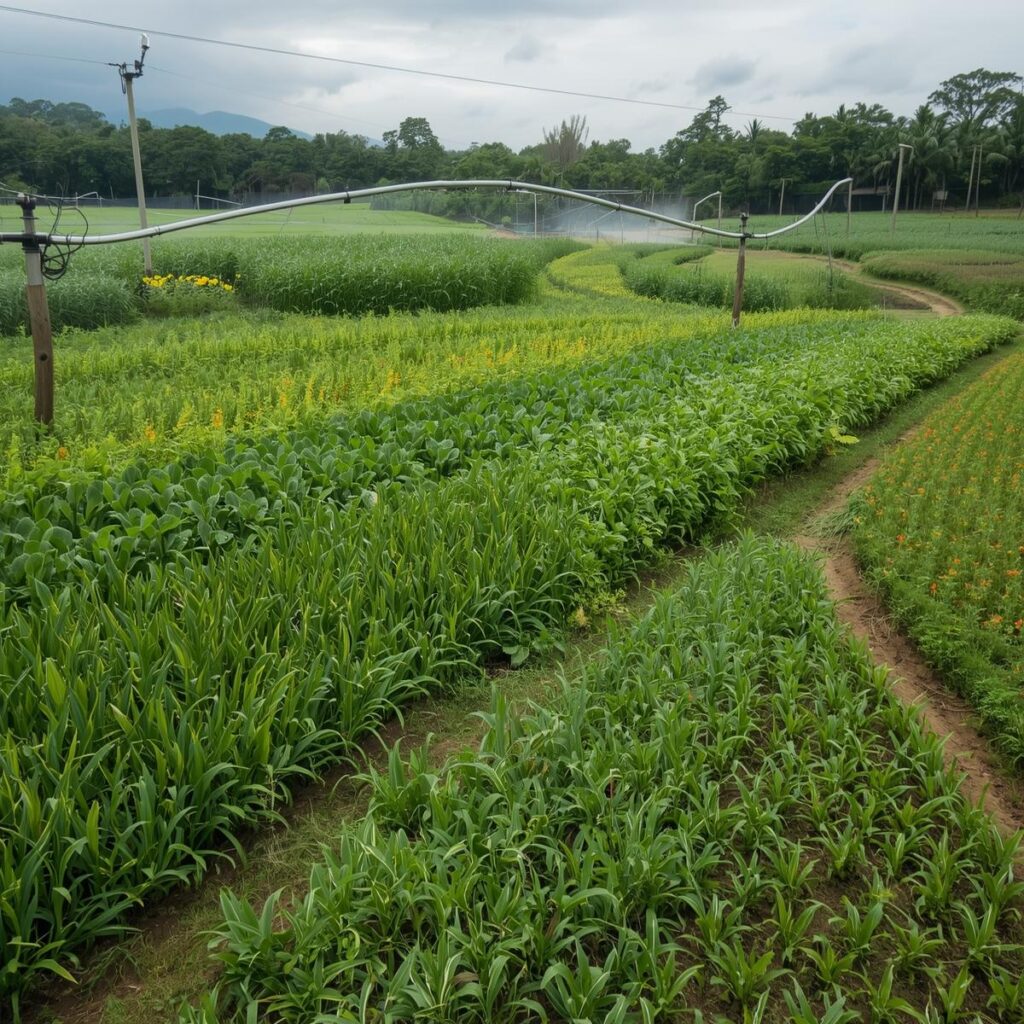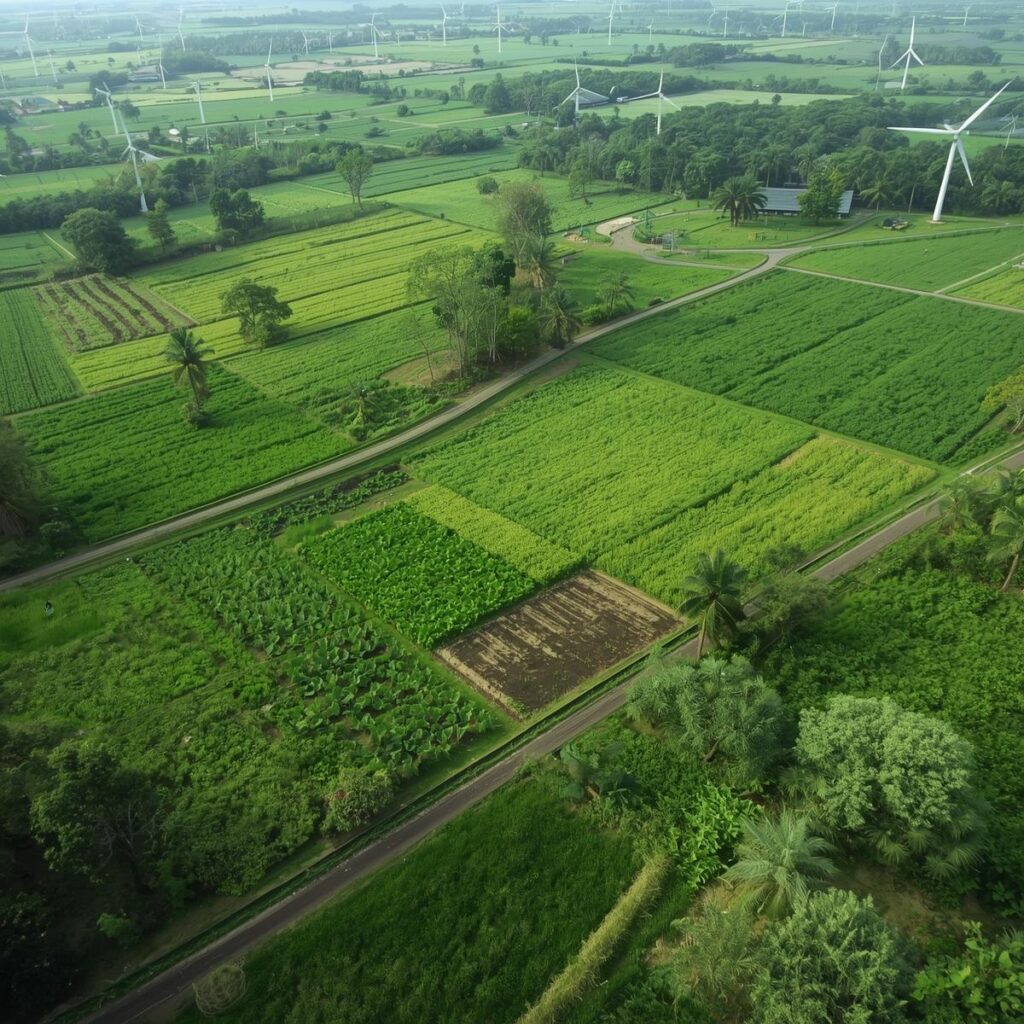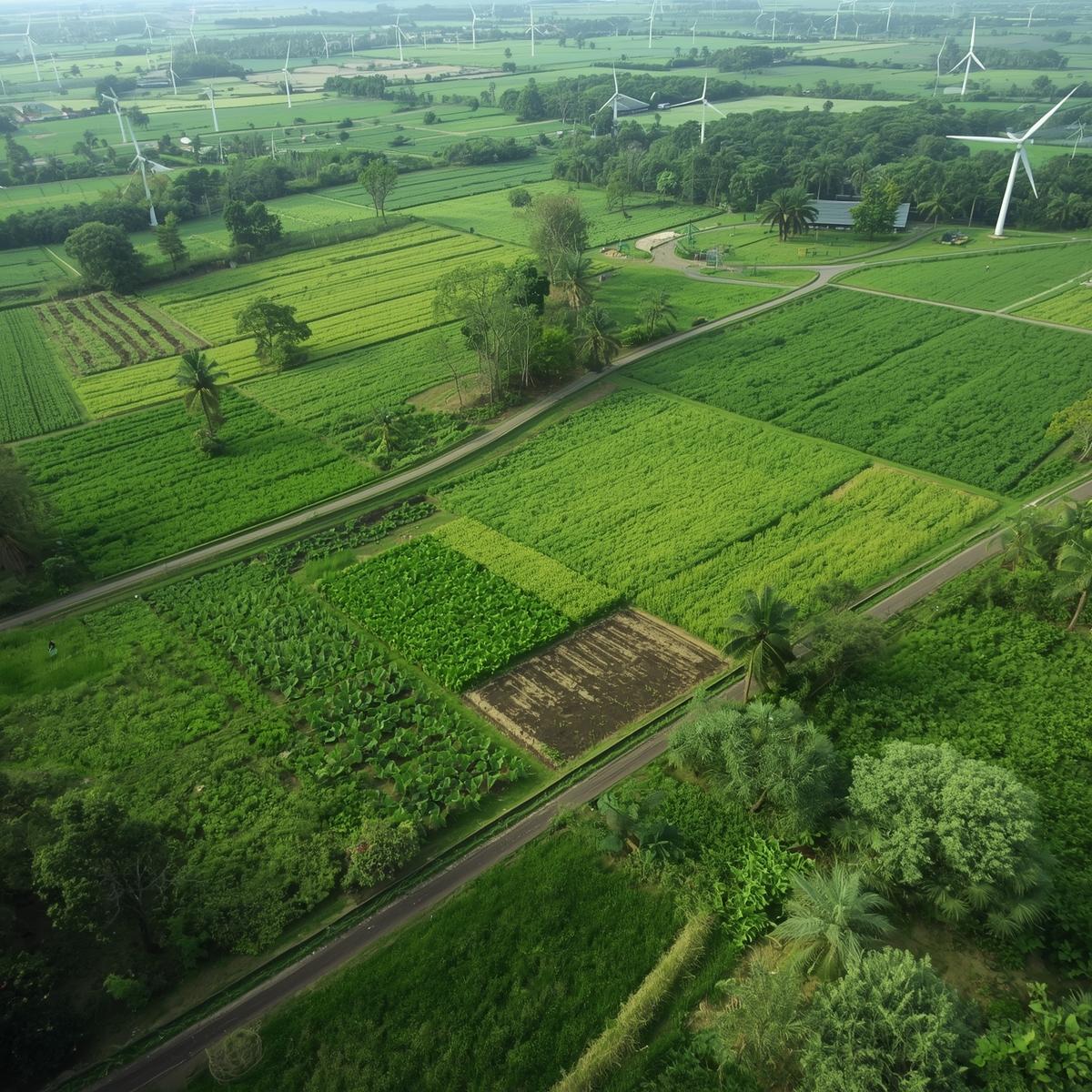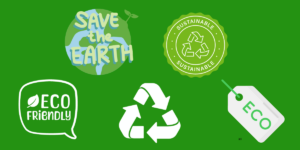Kenyan agribusiness is under growing scrutiny from regulators, financiers, and export markets. An Environmental Audit (EA) is your yearly “health check” that verifies legal compliance, confirms mitigation measures are working, and flags improvements across soil, water, air, waste, biodiversity, energy, and social performance. Under the Environmental Management and Co-ordination Act (EMCA), projects likely to have significant environmental effects must undergo audits and maintain annual compliance records. Find posts on environmental audits here.
Table of Contents
Environmental Audits in Kenya’s Agricultural Sector: What to Check & Why It Matters.
What exactly is an environmental audit in Kenya?
An EA is a systematic evaluation document review, field inspection, sampling (where applicable), and stakeholder checks, benchmarking your operations against EMCA and its subsidiary regulations (waste, water quality, air quality, noise & vibration etc.). EMCA Section 68 sets the duty to audit and keep accurate records, and empowers NEMA inspectors to verify compliance on site.
Why farms and agri-processors must stay compliant
- It’s the law: EMCA requires audits and empowers NEMA to enforce. Non-compliance risks fines, licence suspension, or prosecution.
- Market access: Export horticulture and buyers increasingly require evidence of legal compliance and good agricultural practice (often checked during private audits and due diligence).
- Operational resilience: Efficient water, energy, and waste systems lower cost and risk, especially under climate variability referenced in national agriculture strategies.

What to look for during an agricultural EA (field + desktop checklist)
1) Land, soil & water management
- Soil conservation (erosion controls, terracing, riparian buffers, contouring), fertility management, nutrient budgeting and records.
- Irrigation water: abstraction permits for boreholes/rivers and flow monitoring; backflow prevention; salinity testing; irrigation efficiency. (Permits are issued by the Water Resources Authority—WRA.)
- Effluent: dairy/abattoir/process wastewater, hydro-cooler/packhouse effluent, biogas digestate, and sewage. Check treatment design capacity, performance, logs, sludge handling, and valid effluent discharge licence where required.
- Surface & groundwater protection: compliance with Water Quality Regulations, sampling programs, and discharge limits.
2) Chemicals & crop protection
- Pesticide storage & handling: locked, ventilated stores; segregation; spill kits; PPE; expiry tracking; empty container triple-rinsing and take-back. (Pesticides are regulated nationally; farms must align to PCPB requirements in addition to NEMA rules.)
- Fertiliser storage and application: containment, records, avoidance of over-application near waterways.
3) Waste & circularity
- Solid waste: segregation, storage, contracts with licensed transporters/operators, records of transfer; no open dumping/burning. Kenya issued new Waste Management Regulations, 2024 and EPR Regulations, 2024—check roles if you put packaging on the market.
- Organic waste: composting standards (leachate control, vectors), feed use compliance, or biogas digesters with digestate management plans.
- Hazardous waste: used oil, contaminated PPE, pesticide residues/containers—labeling, storage, manifests, and licensed disposal per EMCA waste and toxics regulations.
4) Air quality, energy & climate
- Stationary sources: generators, boilers, grain dryers, incinerators. Verify stack testing (where applicable) and a valid Emission Licence under the Air Quality Regulations; confirm fuel quality and maintenance logs. Open field burning of residues should be eliminated or controlled per air quality rules.
- Mobile sources: fleet maintenance and smoke checks.
- Energy efficiency: monitoring, reduction projects (solar pumping, heat recovery).
5) Noise & vibration
- If you run generators, hammer mills, or night operations, verify compliance with the Noise & Excessive Vibration Regulations, 2009 (permissible limits, timing, and mitigation).

6) Biodiversity, habitats & buffer zones
- Map riparian/forest buffers; prevent encroachment; manage invasive species.
- For irrigation schemes and ranching near sensitive habitats, verify EIA licence conditions and ongoing offsets/mitigations noted in the original ESIA.
7) Occupational health & community
- Chemical safety & PPE, emergency response (spills, fires), potable water quality, sanitation; community grievance logs and stakeholder engagement consistent with licence conditions.
8) Documentation & reporting
- Legal register reflecting current EMCA subsidiary legislation (2024–2025 updates).
- Monitoring plans, sampling results, calibration certificates, manifests, training records, incident reports, and previous NEMA EA submissions.
- Proof that all NEMA licensing.
Which NEMA licences and permits typically apply in agriculture?
- EIA/ESIA Licence (before starting a listed project)
Large farms, irrigation schemes, dams, feed mills, large livestock units, abattoirs, agro-processing plants, etc., are listed in the Second Schedule and require an ESIA and licence before construction/operation. - Annual Environmental Audit (EA) Report
Once operating, submit an annual EA to NEMA, demonstrating compliance with licence conditions. - Effluent Discharge License (EDL)
If you discharge treated effluent to the environment or into water resources, you need a valid license and to meet Water Quality requirements. - Emission License (Air Quality)
For generators, boilers, grain dryers, spray booths, incinerators and other controlled stationary sources, apply for/renew the Emission License under the Air Quality Regulations, 2024 and comply with emission standards and stack monitoring. - Waste Management licences/registrations
- Use licensed transporters and disposal sites; maintain manifests.
- If you place packaging on the market (e.g., inputs, branded products), check your duties under the Sustainable Waste Management (EPR) Regulations, 2024 (registration with a Producer Responsibility Organization or individual scheme, reporting, and take-back).
- Noise permits/controls (where applicable)
Night works or high-noise equipment must comply with the Noise & Excessive Vibration Regulations, 2009 (and relevant county by-laws).
Plus, WRA permits for water abstraction and certain effluent discharges remain essential for irrigated agriculture and boreholes. Keep WRA permits current and consistent with your NEMA conditions.
Common non-conformities NEMA flags in agri sites (and quick fixes)
- Expired or missing licences → Inventory all sources & discharges; apply/renew on time; set a compliance calendar.
- Open burning & unmanaged organic waste → Shift to controlled composting, biogas, or registered collectors; prohibit open burning under air rules.
- Unlicensed waste transport/disposal → Contract licensed handlers and keep manifests.
- Pesticide storage lapses → Upgrade stores, spill response, and container take-back in line with national requirements.
- Water abstraction without WRA permits → Regularize and meter all sources; reconcile WRA permits with NEMA EIA/EA filings.

The regulatory backbone you should cite in your own audit report
- EMCA (No. 8 of 1999) – Sections 58 (EIA/ESIA) & 68 (Environmental Audits). (Kenya Law)
- Waste Management Regulations, 2024 (Legal Notice 178/2024). (Kenya Law)
- Air Quality Regulations, 2024 (Legal Notice 180/2024). (Kenya Law)
- Sustainable Waste Management (EPR) Regulations, 2024 (Legal Notice 176/2024). (Kenya Law)
- Management & Control of Plastic Packaging Materials Regulations, 2024. (Kenya Law)
- Noise & Excessive Vibration (Control) Regulations, 2009.
- NEMA guidance & portal (licensing, EIA/EA pages; online processing of licensing). (NEMA)
- WRA – Abstraction & effluent permissions interface for irrigation/aquatic discharges. (Water Resources Authority)
Bottom line
For Kenyan agriculture, a strong EA isn’t a box-ticking exercise—it’s how you protect licences, satisfy buyers, and unlock efficiencies. Start with a current legal register (post-2024 updates), tighten your permits (EDL, Emission, EPR, ABS, WRA), then use your audit to drive year-on-year improvements across water, energy, and waste.


